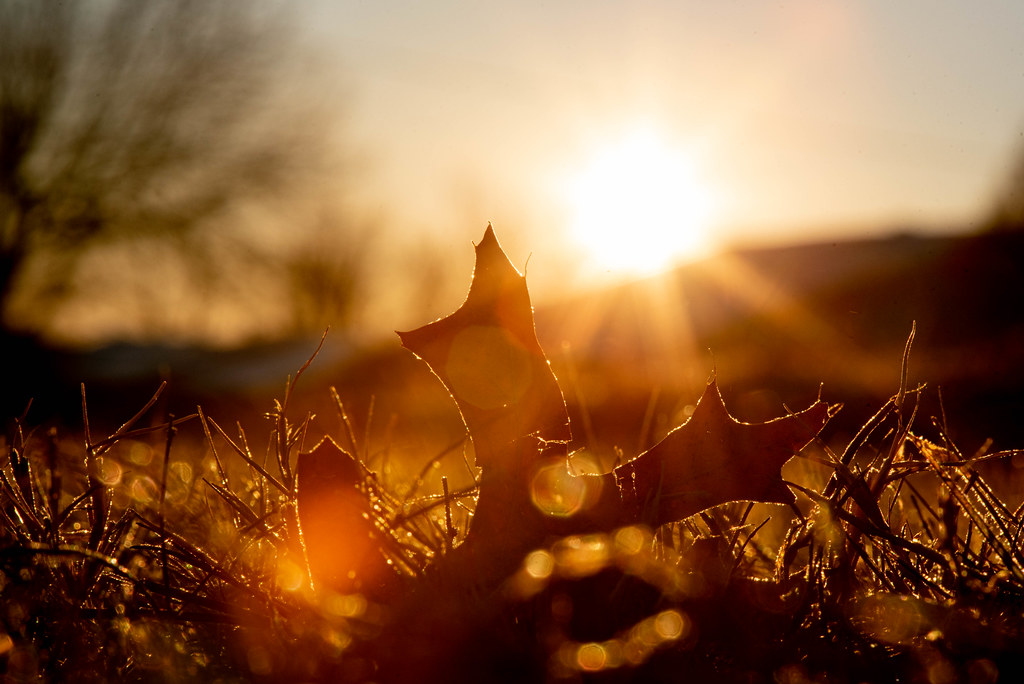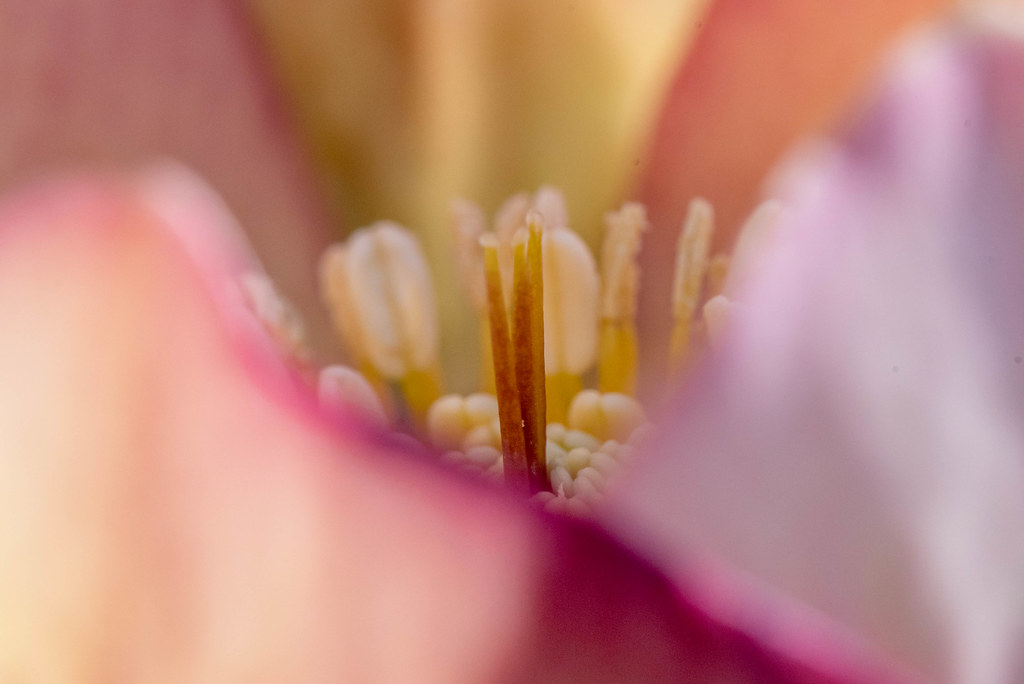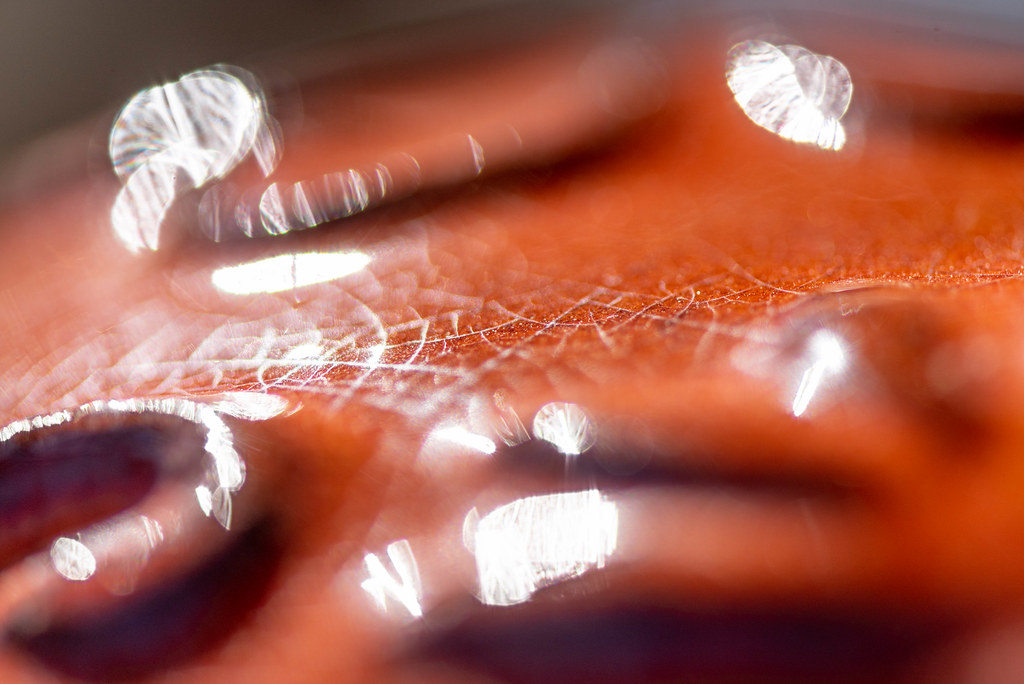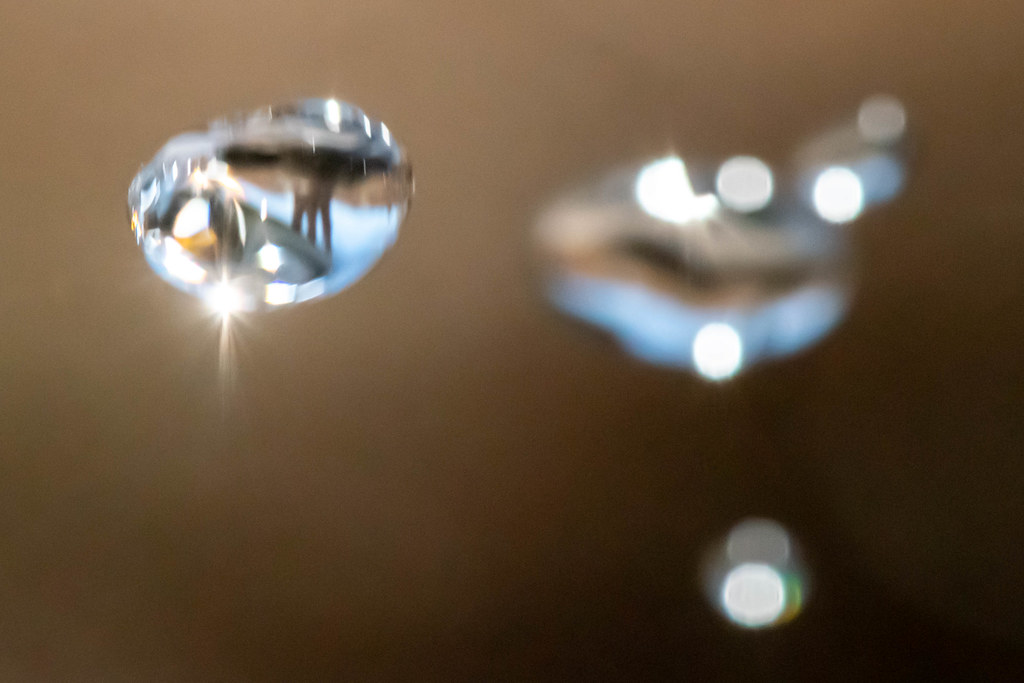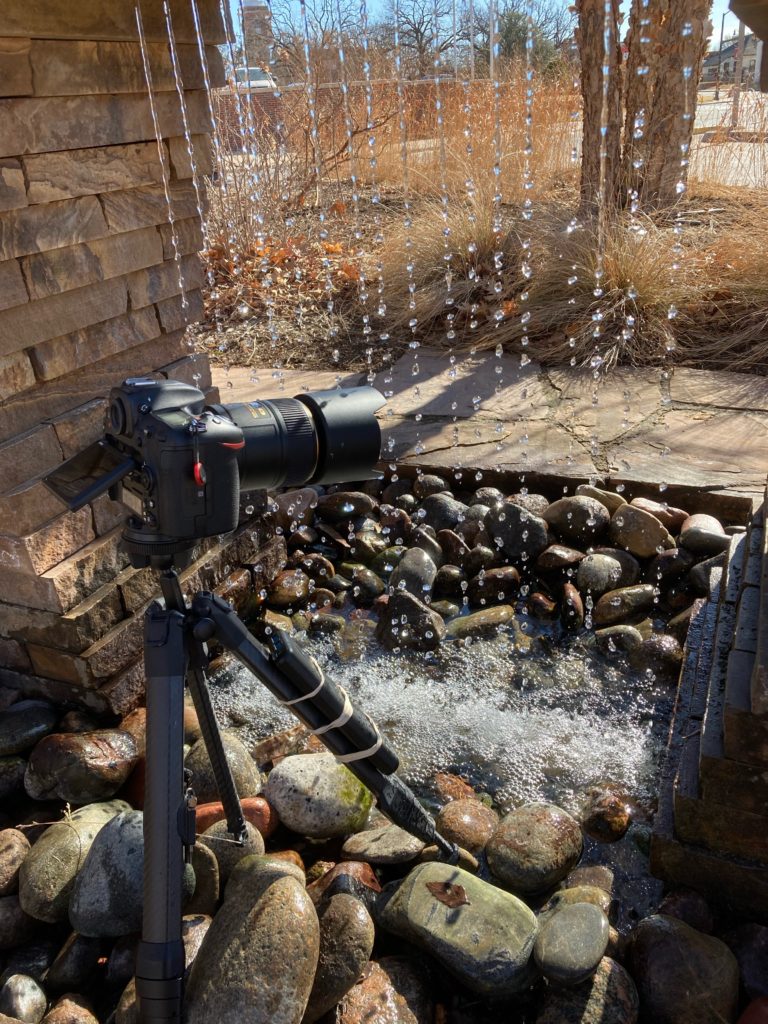
There are some types of images that I have realized I just enjoy taking. And, conversely, there are some styles of photography that don’t interest me whatsoever. Street photography definitely falls into the latter category for me, as does most animal and wildlife photography: I don’t really have the patience for either one, and when it comes to taking pictures of random pedestrians and passers-by, I just feel icky. (I know some people are great at street photography, but it’s just not my thing.) This image, however–the one you see at the top of this post–is one that I find great joy in capturing. It’s simple, straightforward, and in my opinion, interesting to look at. It invites no deep interpretation and offers no life lessons to the viewer, but it makes me happy to take pictures like this and that’s all I need.
I shot this not by my traditional location of Theta Pond on the OSU campus, but just south of the Whitehurst administration building. I was walking past a tree with a friend of mine when I saw this one single orange leaf hanging out all by its lonesome amidst a sea of its green counterparts, and thought it would make an interesting photo. I had my D750 and 105mm f/2.8 lens with me and quickly realized that the sun was at a good spot on the horizon for me to capture the leaf with a pleasant amount of backlighting. One thing I really appreciate about shooting with my macro lens is that I don’t have to compromise in terms of distance to my subjects. I can get super close, super far, or anywhere in between. Sure the lens works great for getting really close, but it doesn’t have to be used that way. You can take normal shots of everyday things as close or as far as you want, and it’s fine. And that’s how I got this image you see here.
The usual questions applied: aperture, shutter speed, etc. (I never think about ISO anymore.) F/2.8 didn’t work since almost none of the leaf was in focus, so I stopped down to f/4. Same result. F/8 was the sweet spot: a good balance of subject sharpness and background blurriness. All this came together in a matter of seconds, perhaps a minute at best, and then my buddy and I resumed our walk. It’s nice to have the tools and experience to be able to capture photos like this without making a big deal out of it :)
